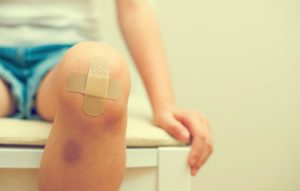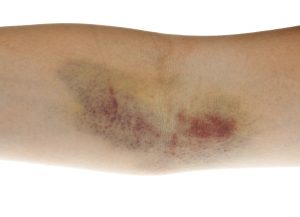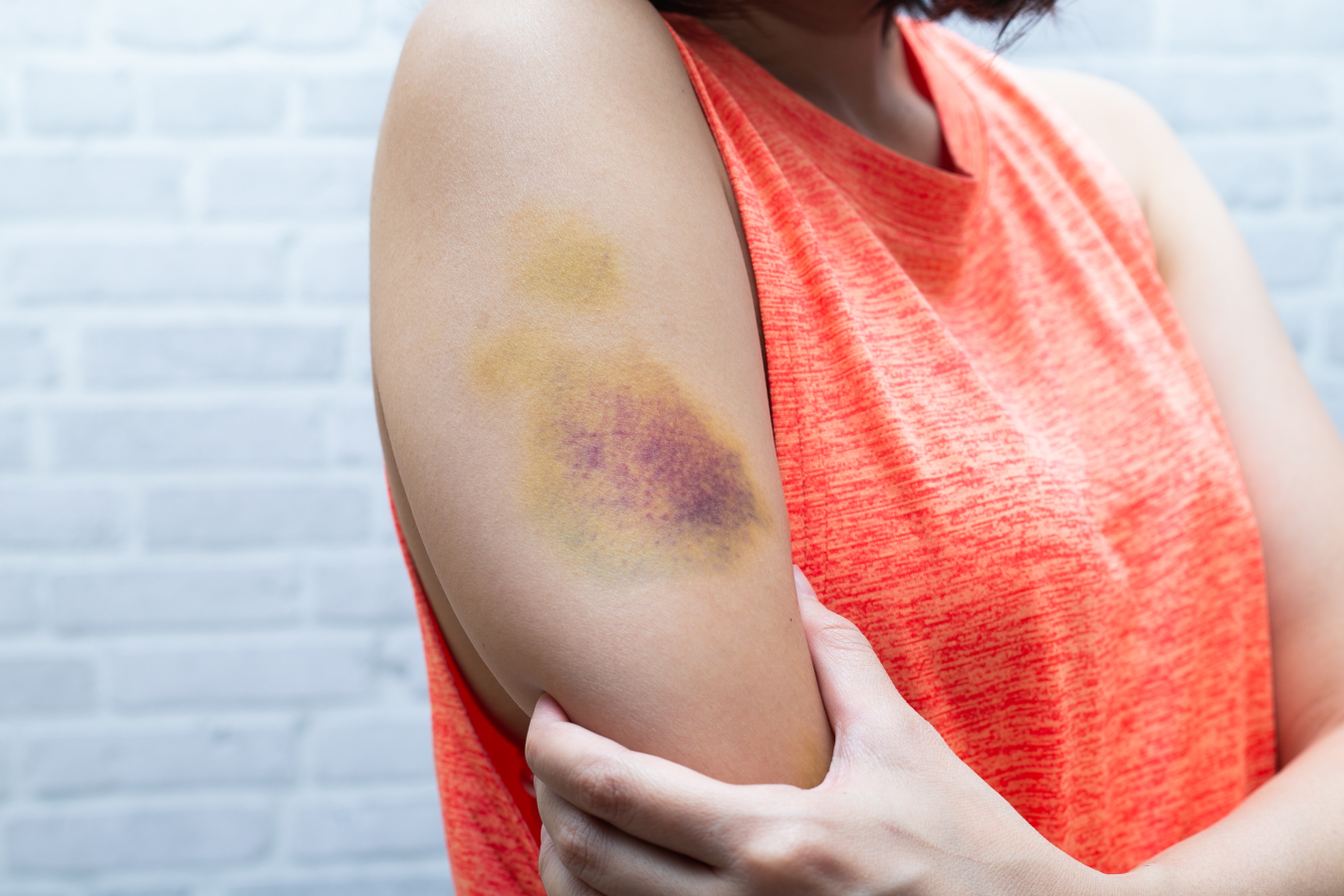Bruises are very common, but do you know what to do when you notice one on your skin? Here we tell you what steps to take and how to determine if you need professional medical assistance.
What most people usually recognize as a bruise is something called a hematoma, which is a buildup of blood caused by internal bleeding that usually occurs as a result of a bump, contusion, or bruise. Medline Plus explains that these unsightly marks occur when an injury breaks small blood vessels but does not break the skin. When the vessels open, they let blood out from under the skin.
Children are often prone to these wounds because they often do activities such as running, cycling, and others, but they are also common in older adults because they have greater capillary fragility and problems in the connective tissue that supports the skin. As the years go by, the skin becomes thin and consequently loses part of the layer of skin that helps protect the blood vessels in the wounds.

Mayo Clinic professionals explain that some medications that older people often take, such as aspirin, anticoagulant medications, and antiplatelet drugs, reduce the ability of the blood to clot, and that is why they are also more prone to these marks. They also explain that antibiotics can also be associated with clotting problems. As a result, bleeding caused by capillary damage can take longer to stop, causing blood to leak and a very large bruise to form.
As for the first aid you can apply when you get hit and how to take care of a bruise, they say that you can apply simple but very effective techniques. They suggest that you apply the RICE technique, which is the acronym in English equivalent to rest, ice, compression, and elevation. To do this you should follow these steps:
- Rest the bruised area if possible.
- Apply an ice pack wrapped in a towel to the bruise. Keep it in the area for 10 to 20 minutes. Repeat this several times a day for a day or two, as needed.
- Compress the bruised area with an elastic bandage if it is swollen. Do not wrap it too tightly.
- If the skin is not injured, it is not necessary to use a bandage.
If you are in severe pain, take over-the-counter pain relievers for the first two days.
It can take months for a bruise to fade, but most last about a week and a half. They start reddish, then turn blue and purple or yellow-green before the skin returns to its normal color. KidsHealth warns about how long these spots last. Professionals at the organization suggest that if two weeks go by and you don’t see any improvement in your skin, it’s best to visit a doctor.

Finally, consider the following aspects highlighted by health professionals at the Mayo Clinic as factors that indicate that you should visit a doctor urgently, since these signs and symptoms may indicate a more serious problem, such as a coagulation disorder or a blood-related disease.
- There is a very painful inflammation in the area of the bruise.
- Still in pain three days after a seemingly minor injury
- You frequently develop large or painful bruises, especially if they appear on your trunk, back, or face, or seem to occur for unknown reasons.
- You have a tendency to bruise and a history of significant bleeding, such as during a surgical procedure
You notice a lump over the bruise - You have abnormal bleeding from other parts of your body, such as your nose or gums.
- Suddenly, you start having bruises, but you have no history of this.
- You have a family history of easy bruising or bleeding























+ There are no comments
Add yours